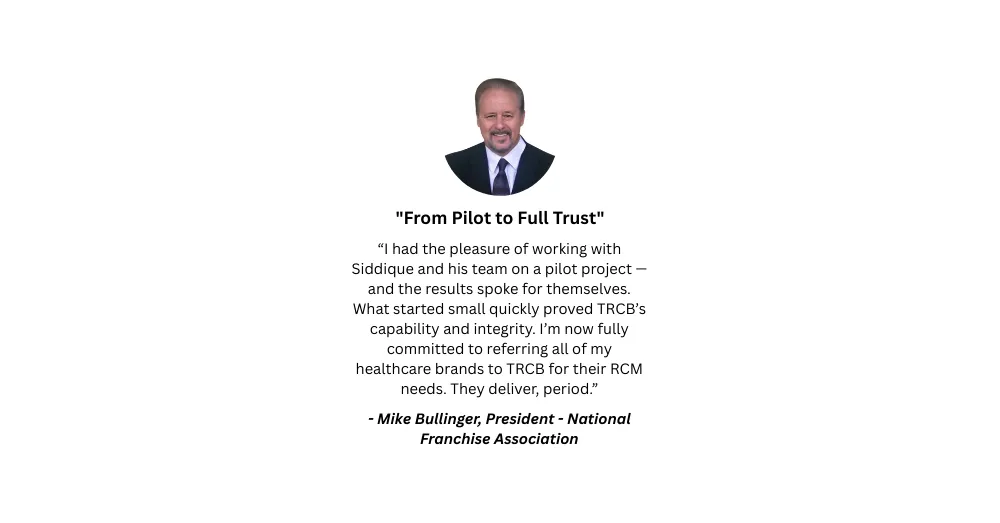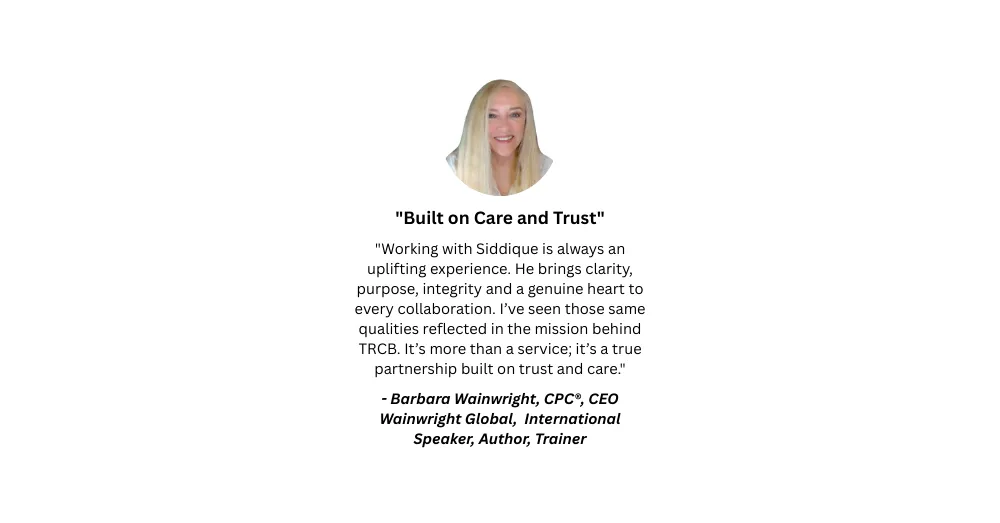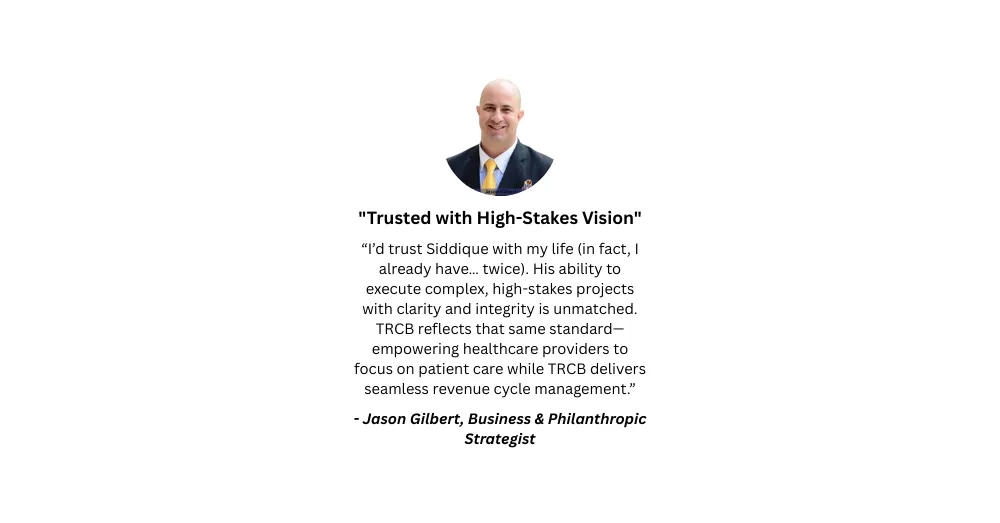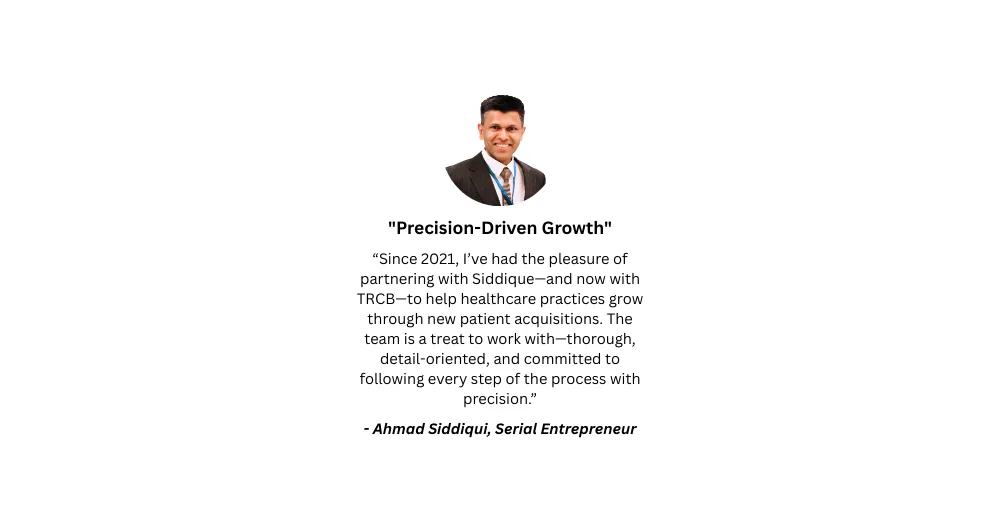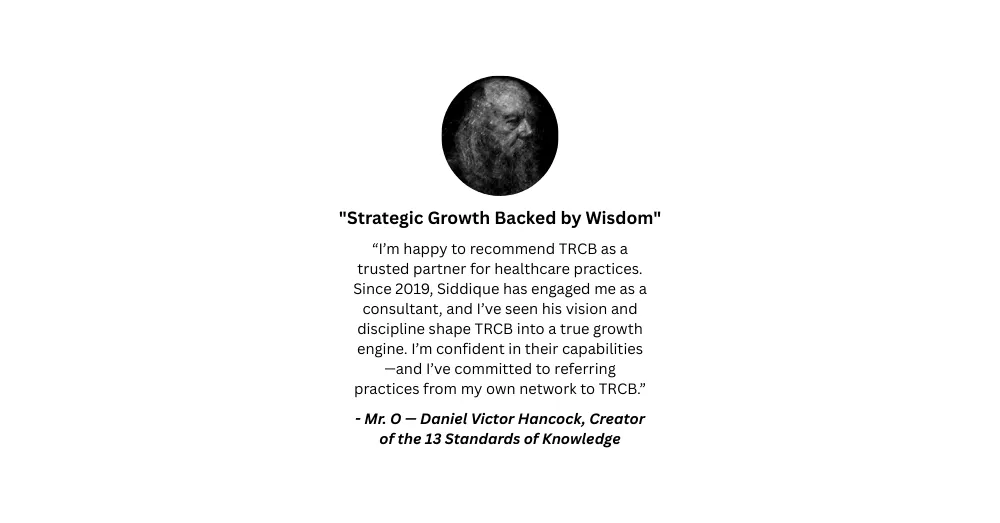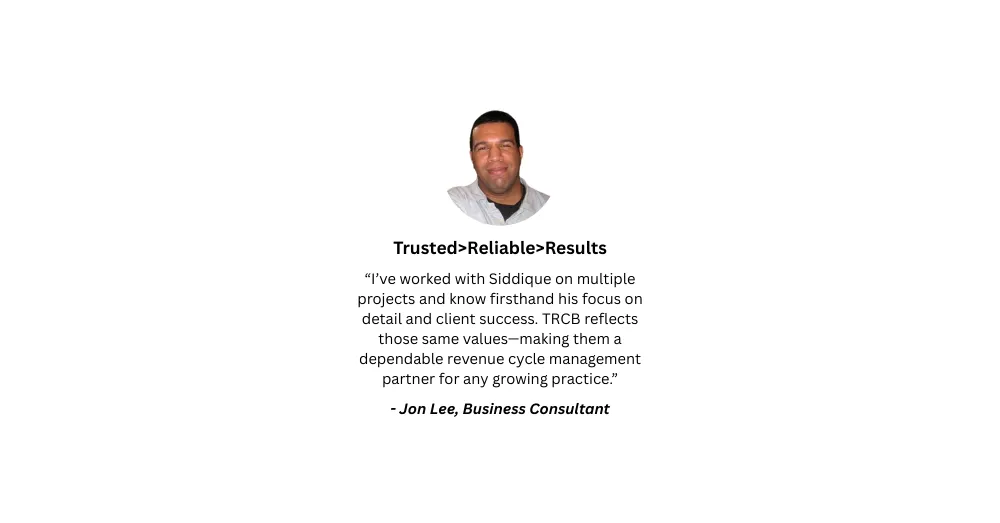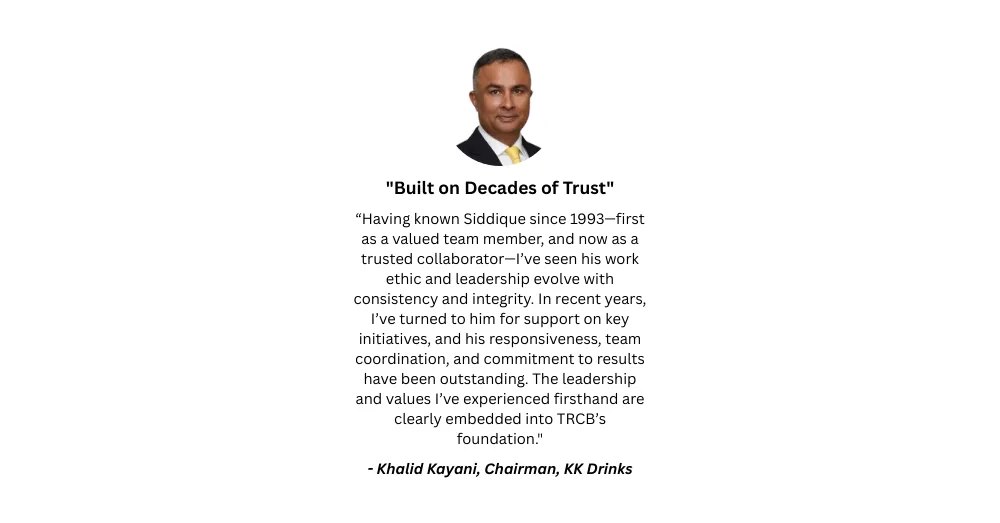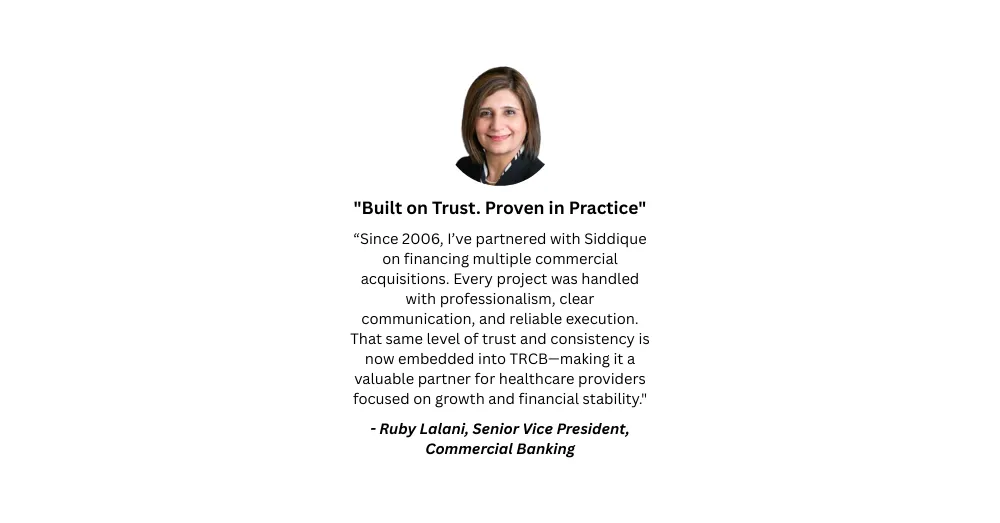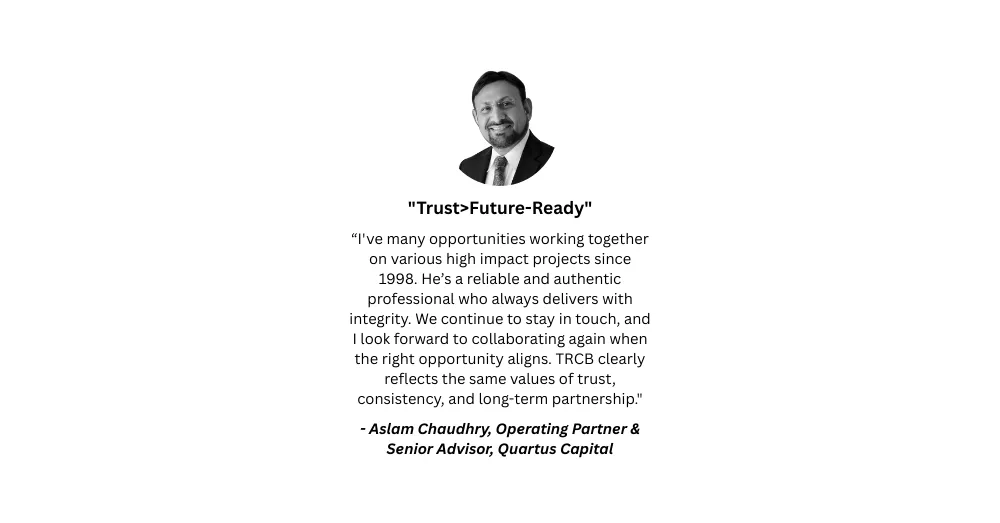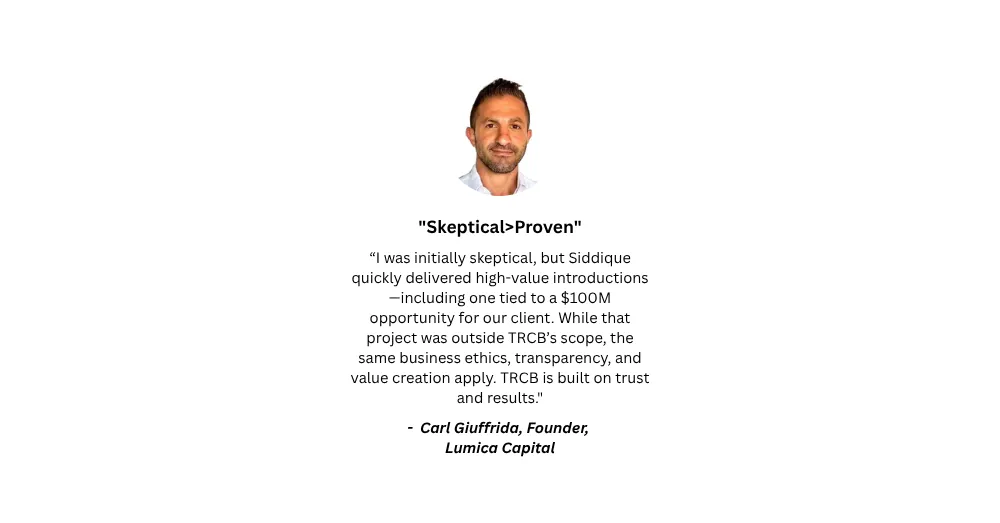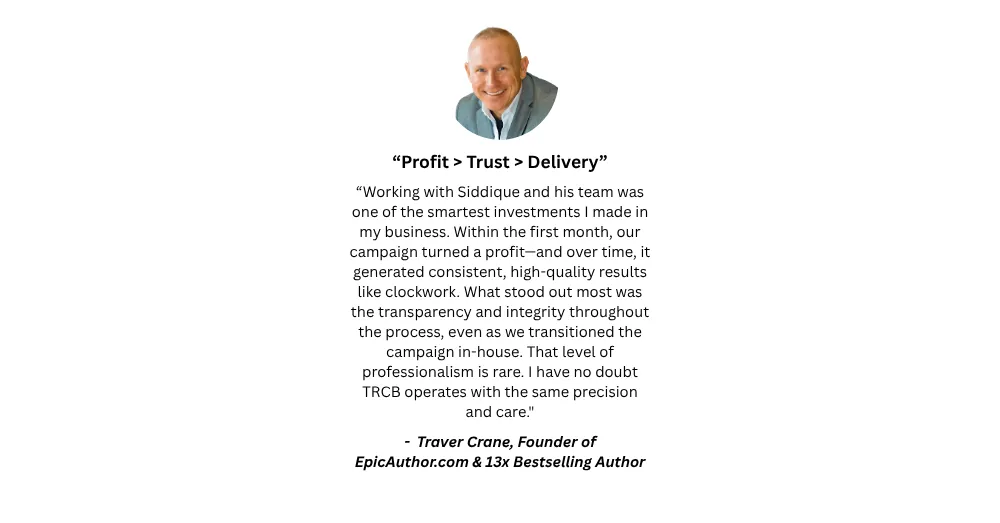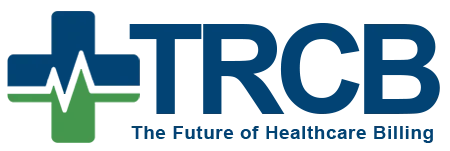Remote Patient Monitoring Services
Overview of Remote Patient Monitoring Services
Do you find it exhausting to travel for extended periods of time to see a doctor, just to receive brief attention? Is there anything better than being able to keep an eye on your health from the comforts of home?
The RPM (Remote Patient Monitoring) system from TRCB is the only option!
Remote Patient Monitoring services are an important part of the healthcare industry. RPM services let healthcare providers assess and manage the health of patients from a distance. In the healthcare sector, remote patient monitoring services are leading the way by offering a more accessible, affordable, and patient-centered method of care. By encouraging early intervention and preventative treatment, they have the power to completely transform the way healthcare is delivered while also increasing patient outcomes and well-being.
Remote Patient Monitoring falls under the umbrella of telemedicine. With the help of remote patient health monitoring systems, your patients can receive care in the comfort of their own homes rather than just within the walls of a hospital. Examples of remote physiological monitoring devices that gather information from patients on their primary vital signs and display it on your computer screen are the heart rate monitor, weight control monitor, and pulse oximeter. Remote Patient Monitoring services highlight:
Continuous Health Monitoring
Patient Engagement
Early Detection of Health Changes
Chronic Disease Management
Chronic Reduced Costing
Chronic Personal Plans for Individuals
Chronic Geriatric Care
Chronic Privacy
Outsource Remote Patient Monitoring Solutions
Remote Patient Monitoring solutions offer a wide range of benefits for both patients and healthcare providers. Here are some of the key benefits of RPM solutions:
Quality Patient Care
Early identification of medical problems and timely intervention are made possible through ongoing remote patient monitoring. Consequently, fewer patients are admitted to hospitals, and patient outcomes are enhanced.
Improved Chronic Disease Management
Individuals with long-term conditions including diabetes, hypertension, or heart disease may find great benefit from RPM. It assists people in controlling their illnesses, reducing complications, and ensuring that their treatment plans are adhered to on time.
Personalized Healthcare
By using information about each patient, remote patient monitoring offers customized healthcare. Healthcare providers may tailor treatment plans and methods to each patient's individual needs.
Patient Engagement Increases
Patients take a more active role in their healthcare as they monitor their own data.
Reduced Risk of Disease Transmission
Remote monitoring of patients allows patients to heal at home. Also it allows reduction in risk of disease transmission. An example of such a transmissible disease is COVID-19.
Timely Actions
By giving healthcare providers access to timely data, they can promptly recognize and manage health issues. Consequently, the likelihood of complications or the development of disease is reduced.
Reduced Healthcare Expenditures
By averting emergency room visits, readmissions, and unnecessary doctor visits, the RPM process lowers healthcare expenditures. It makes the most of available medical resources.
Medication Management
Patients might have their medication intake closely watched to ensure that they are taking their prescriptions as directed by their doctors.
Reduced Healthcare Expenditures
By averting emergency room visits, readmissions, and unnecessary doctor visits, the RPM process lowers healthcare expenditures. It makes the most of available medical resources.
Our Advanced Remote Patient Monitoring Technology
Remote Patient Monitoring technology is an amalgamation of a few hardware and softwares. These technologies aid the collection of patient data from a distance. Advanced technology allows healthcare providers to monitor and asses patients’ health patterns in real time.
Some key components of the advanced RPM technology is:
Electronic Health Records Integration
Wearable Devices
Mobile Applications
Patient Portals
Home Monitoring Equipment
Alert Systems
Data Transmission & Connectivity
Remote Patient Monitoring Guidelines
Guidelines for remote patient monitoring (RPM) have been developed to offer a structure for the efficient execution of RPM initiatives in medical setups. These recommendations guarantee that RPM services are provided in a uniform, patient-centered manner, in accordance with legal regulations, and with an emphasis on attaining favorable health outcomes. In order to reap the full benefits of RPM, including better patient outcomes and cost reductions, these guidelines are essential.
Frequently Asked Questions
Answers To Common Questions
How much does it cost to outsource Remote Patient Monitoring Solutions?
The cost of outsourcing Remote Patient Monitoring (RPM) solutions can vary widely depending on several factors, including the complexity of the RPM program, the number of patients being monitored, and the specific services provided by the outsourcing provider.
How do Remote Patient Monitoring Services work?
RPM services follow a structure. The steps are:
Patient enrollment
Device provision
Data collection
Data transmission
Regular follow-ups
Documentation
What are the best Remote Patient Monitoring Softwares?
Some popular softwares include:
Philips Healthcare
Airstrip
Medtronic
Biotricity
Teladoc Health
How do Remote Patient Monitoring Services work?
RPM services follow a structure. The steps are: Patient enrollment Device provision Data collection Data transmission Regular follow-ups Documentation
Is outsourcing Patient Remote Monitoring a good idea?
Outsourcing Remote Patient Monitoring can be a good idea for healthcare providers. It allows healthcare providers to focus on their core services and patient care. It is also idea because it reduces costing.
What Our Partners Say About Us
Copyright @TRCB 2010-2025


